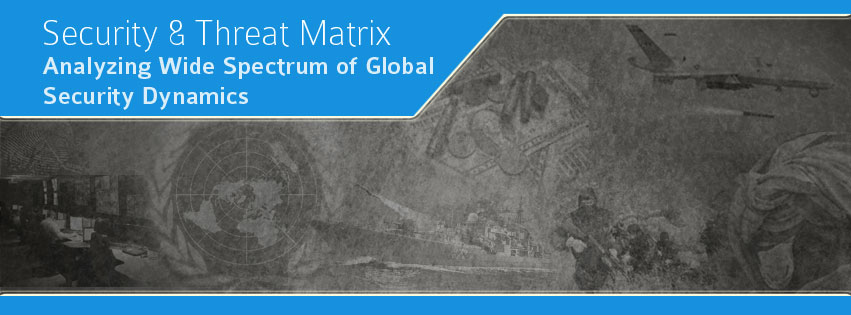Shahzad Masood Roomi
The Motive:
In the early morning of Saturday 26 November two NATO Apache helicopters, an AC-130 gunship, and a number of fighter jets perpetrated a sustained and deadly attack on two Pakistani army border posts on the Afghan-Pakistan border. Located high on the Salala mountain ridge, the two army posts were brutally attacked for approximately two hours. In what was evidently a naked act of aggression, the US-led forces bombarded the border posts for forty-five minutes, left for twenty minutes, and subsequently returned – attacking for a further hour. Twenty-four Pakistani soldiers including two officers were murdered in the assault.
The Motive:
In the early morning of Saturday 26 November two NATO Apache helicopters, an AC-130 gunship, and a number of fighter jets perpetrated a sustained and deadly attack on two Pakistani army border posts on the Afghan-Pakistan border. Located high on the Salala mountain ridge, the two army posts were brutally attacked for approximately two hours. In what was evidently a naked act of aggression, the US-led forces bombarded the border posts for forty-five minutes, left for twenty minutes, and subsequently returned – attacking for a further hour. Twenty-four Pakistani soldiers including two officers were murdered in the assault.
The sustained nature of the
attack precludes the possibility of it being a mistake, as claimed by the U.S.
government. The United States Military would have us believe that, with its
world class communications and intelligence infrastructure, it mistakenly
mauled an ally repeatedly for two hours, killing dozens. This is an utterly
unfeasible theory. Further throwing this theory into question, it has been
revealed that Pakistani forces were in
constant contact with American forces throughout the attacks – informing them
in no uncertain terms that they were attacking a Pakistani military position.(1)





No comments:
Post a Comment